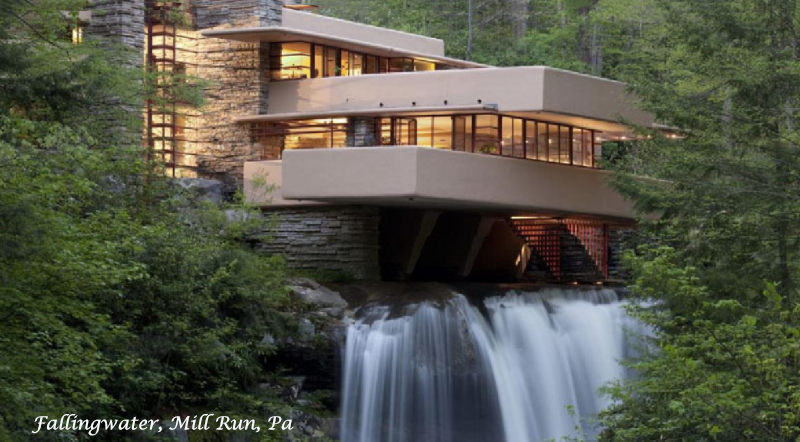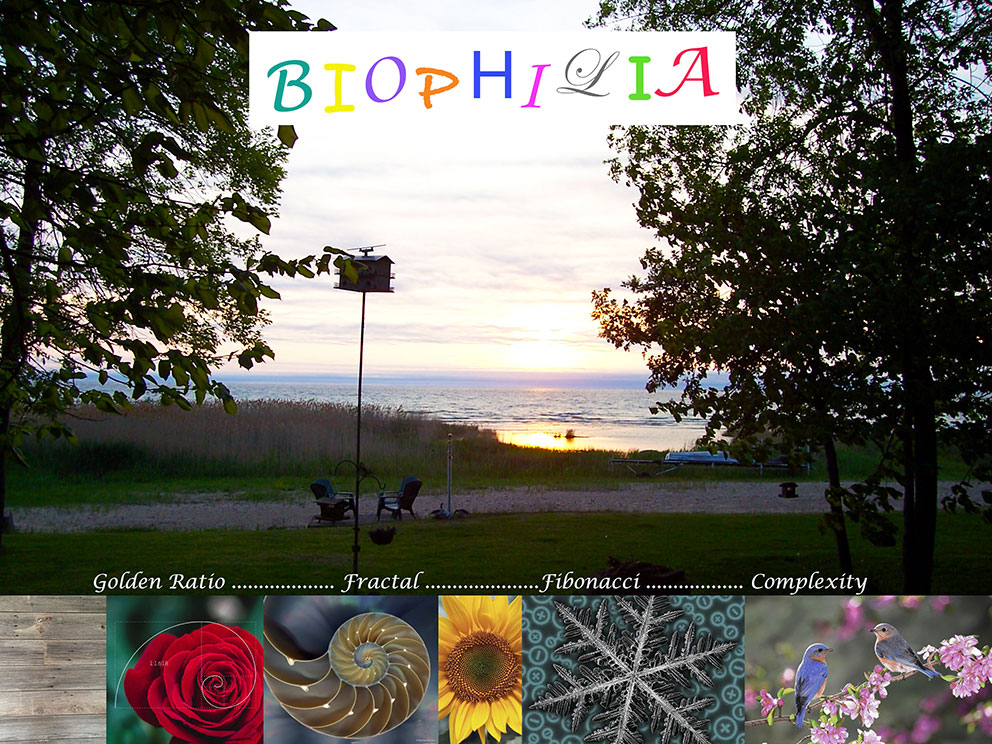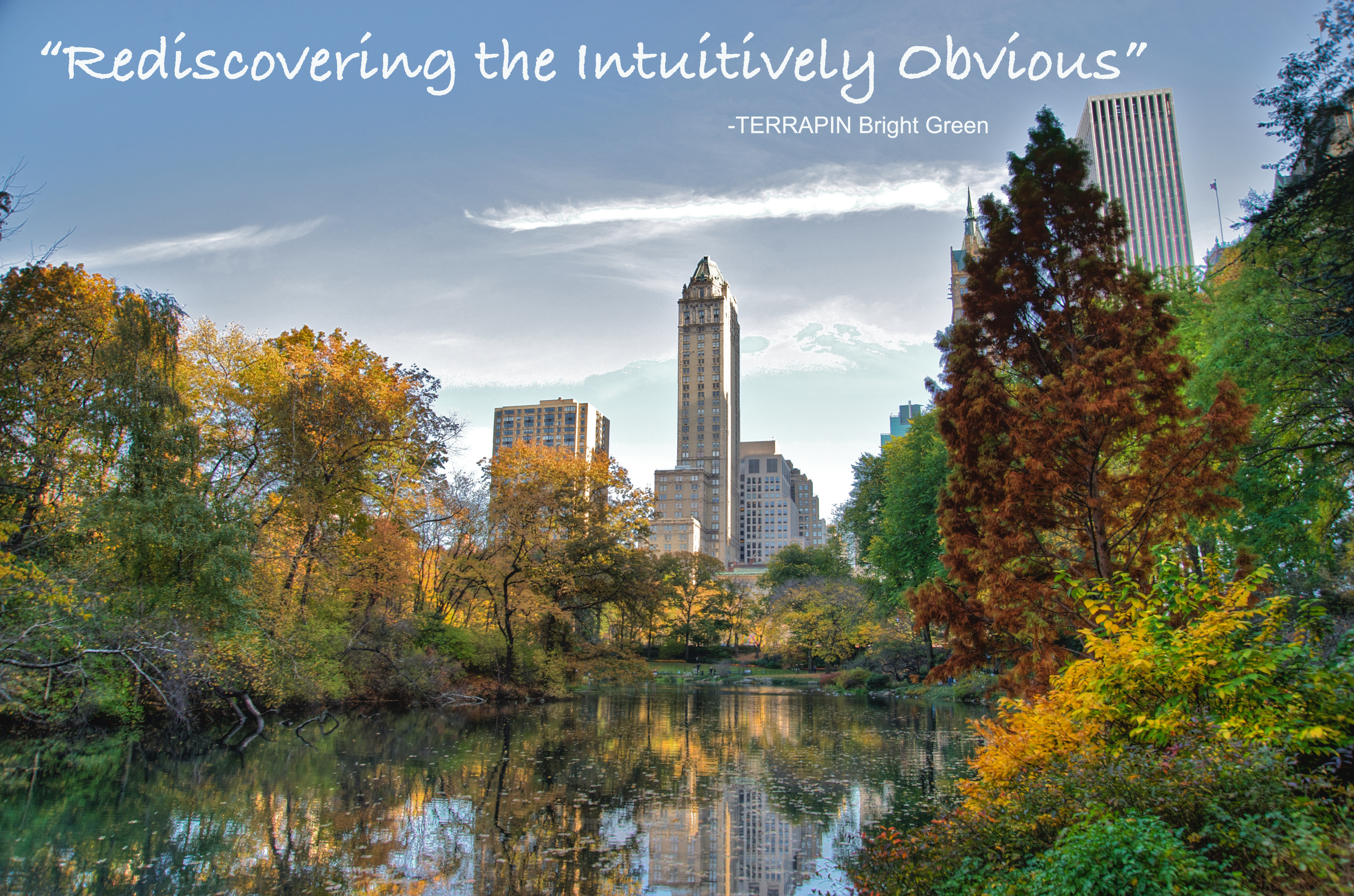 Over 40 years ago, in the early years of my love of and study of architectural design, I came
upon a series of books by Christopher Alexander, published in the 1970’s. These books, in
particular “The Timeless Way of Building” and “A Pattern Language” have greatly
influenced my approach to home design over the ensuing decades. These works have been
enfolded in the Biophilic Design movement – which recognizes that the built environment that
we live in has a big influence on our moods, stress-level, health and productivity.
Over 40 years ago, in the early years of my love of and study of architectural design, I came
upon a series of books by Christopher Alexander, published in the 1970’s. These books, in
particular “The Timeless Way of Building” and “A Pattern Language” have greatly
influenced my approach to home design over the ensuing decades. These works have been
enfolded in the Biophilic Design movement – which recognizes that the built environment that
we live in has a big influence on our moods, stress-level, health and productivity.  By
understanding these patterns (which can be subtle) and weaving them into the design of our
homes and other living environments we can be a healthier and happier population and our
planet will be healthier too.
By
understanding these patterns (which can be subtle) and weaving them into the design of our
homes and other living environments we can be a healthier and happier population and our
planet will be healthier too.
a hypothetical human tendency to interact or be closely associated with other forms of life in nature: a desire or tendency to commune with nature -Merriam-Webster
"Rediscovering the Intuitively Obvious" -TERRAPIN Bright Green
From the "14 Patterns of Biophilic Design: Improving Health & Well-Being in the Built Environment"
 "Biophilic design can reduce stress, improve cognitive function and creativity, improve our well-
being and expedite healing; as the world population continues to urbanize, these qualities are
ever more important. Given how quickly an experience of nature can elicit a restorative
response, and the fact that U.S. businesses squander billions of dollars each year on lost
productivity due to stress-related illnesses, design that reconnects us with nature – biophilic
design – is essential for providing people opportunities to live and work in healthy places and
spaces with less stress and greater overall health and well-being.
Biophilia is the humankind’s innate biological connection with nature. It helps explain why
crackling fires and crashing waves captivate us; why a garden view can enhance our creativity;
why shadows and heights instill fascination and fear; and why animal companionship and
strolling through a park have restorative, healing effects. Biophilia may also help explain why
some urban parks and buildings are preferred over others. For decades, research scientists and
design practitioners have been working to define aspects of nature that most impact our
satisfaction with the built environment...New research supports measureable, positive impacts
of biophilic design on health, strengthening the empirical evidence for the human-nature
connection and raising its priority level within both design research and design practice".
"Biophilic design can reduce stress, improve cognitive function and creativity, improve our well-
being and expedite healing; as the world population continues to urbanize, these qualities are
ever more important. Given how quickly an experience of nature can elicit a restorative
response, and the fact that U.S. businesses squander billions of dollars each year on lost
productivity due to stress-related illnesses, design that reconnects us with nature – biophilic
design – is essential for providing people opportunities to live and work in healthy places and
spaces with less stress and greater overall health and well-being.
Biophilia is the humankind’s innate biological connection with nature. It helps explain why
crackling fires and crashing waves captivate us; why a garden view can enhance our creativity;
why shadows and heights instill fascination and fear; and why animal companionship and
strolling through a park have restorative, healing effects. Biophilia may also help explain why
some urban parks and buildings are preferred over others. For decades, research scientists and
design practitioners have been working to define aspects of nature that most impact our
satisfaction with the built environment...New research supports measureable, positive impacts
of biophilic design on health, strengthening the empirical evidence for the human-nature
connection and raising its priority level within both design research and design practice".
https://www.terrapinbrightgreen.com/reports/14-patterns/
View 14 patterns of biophilic design
https://www.metropolismag.com/architecture/what-is-and-is-not-biophilic-design/
https://en.wikipedia.org/wiki/Biophilic_design
https://www.biophiliafoundation.org/practice-biophilia/